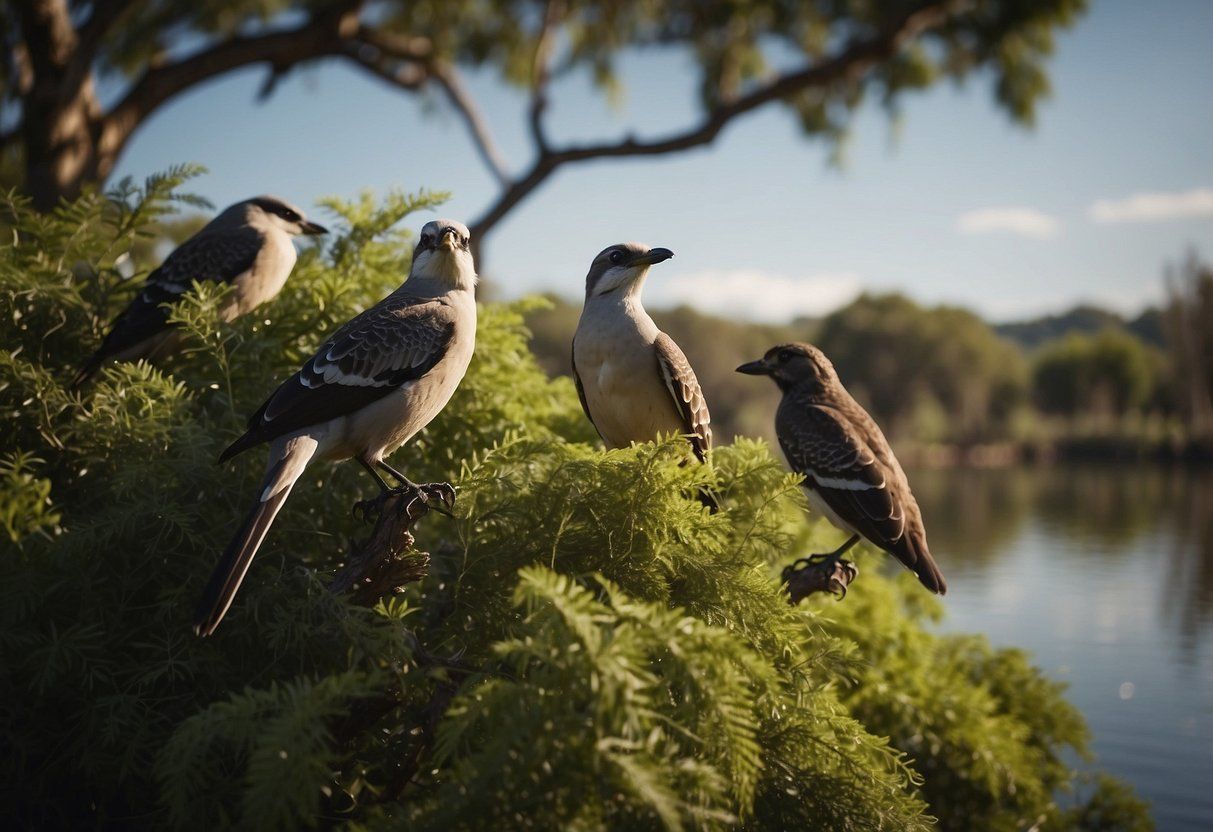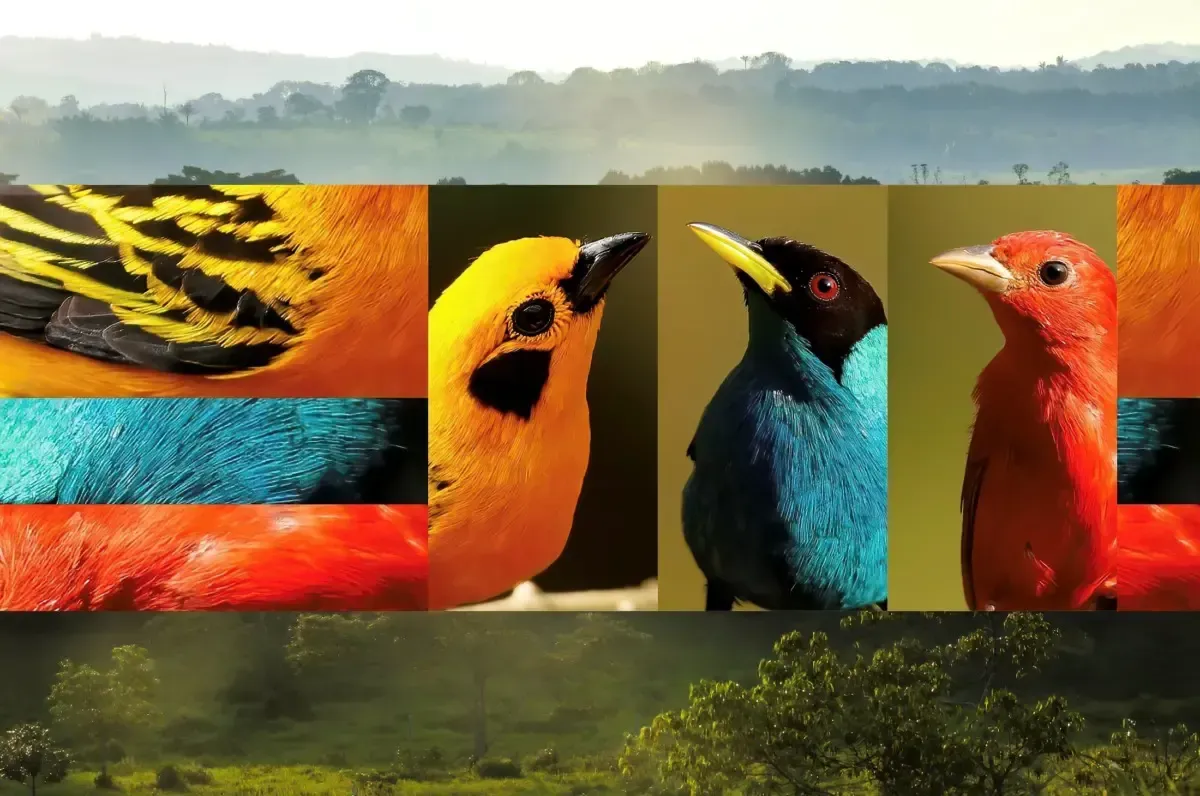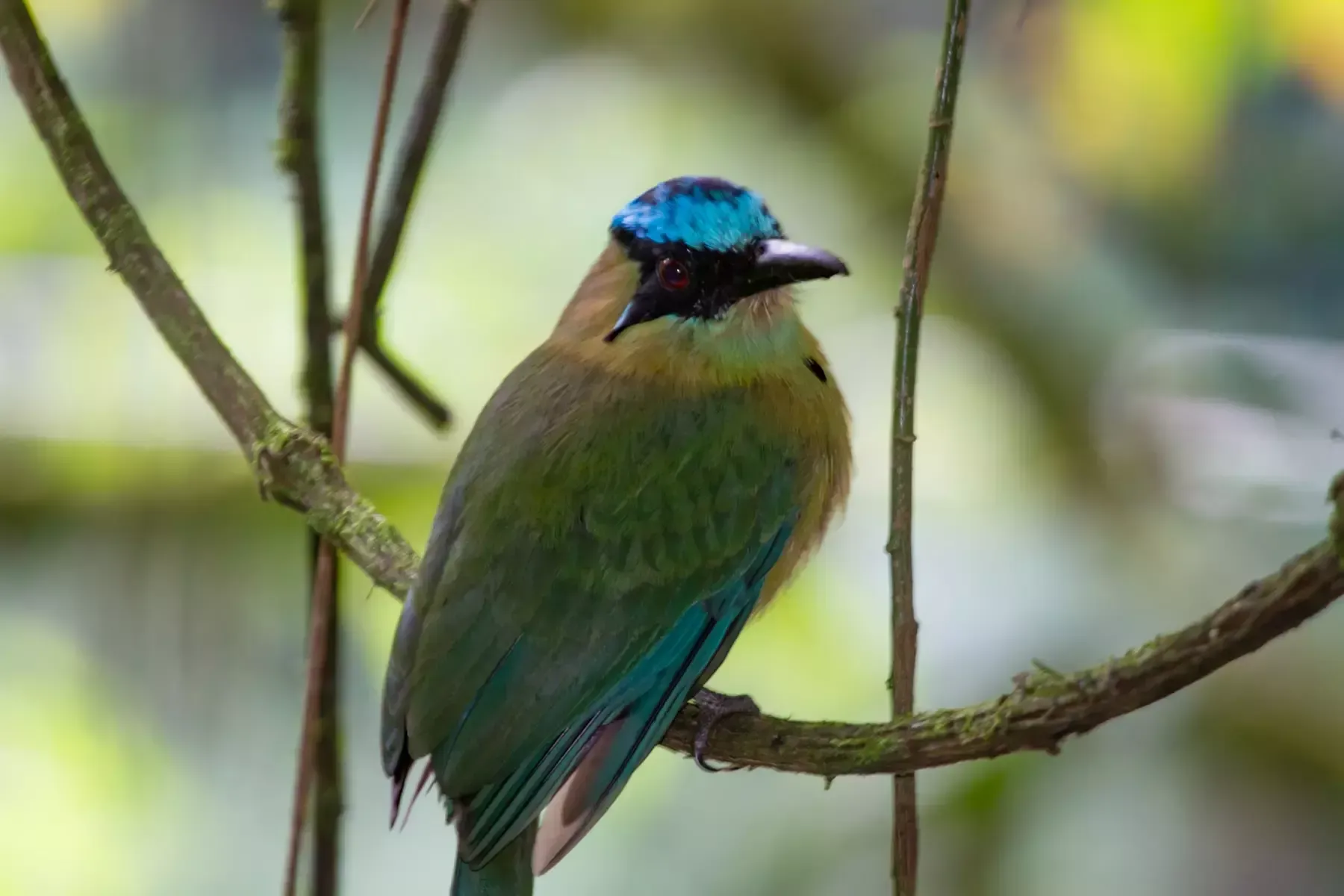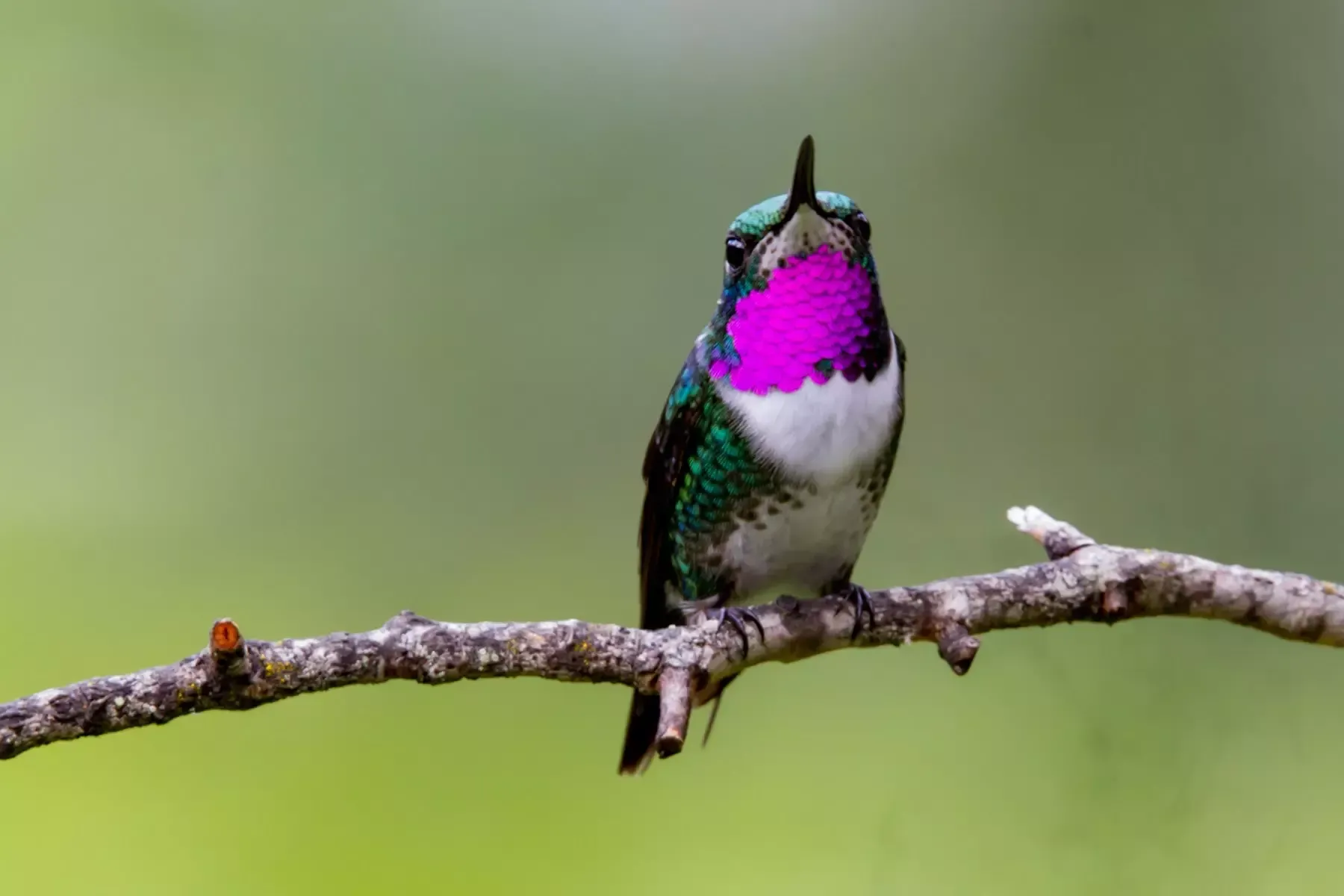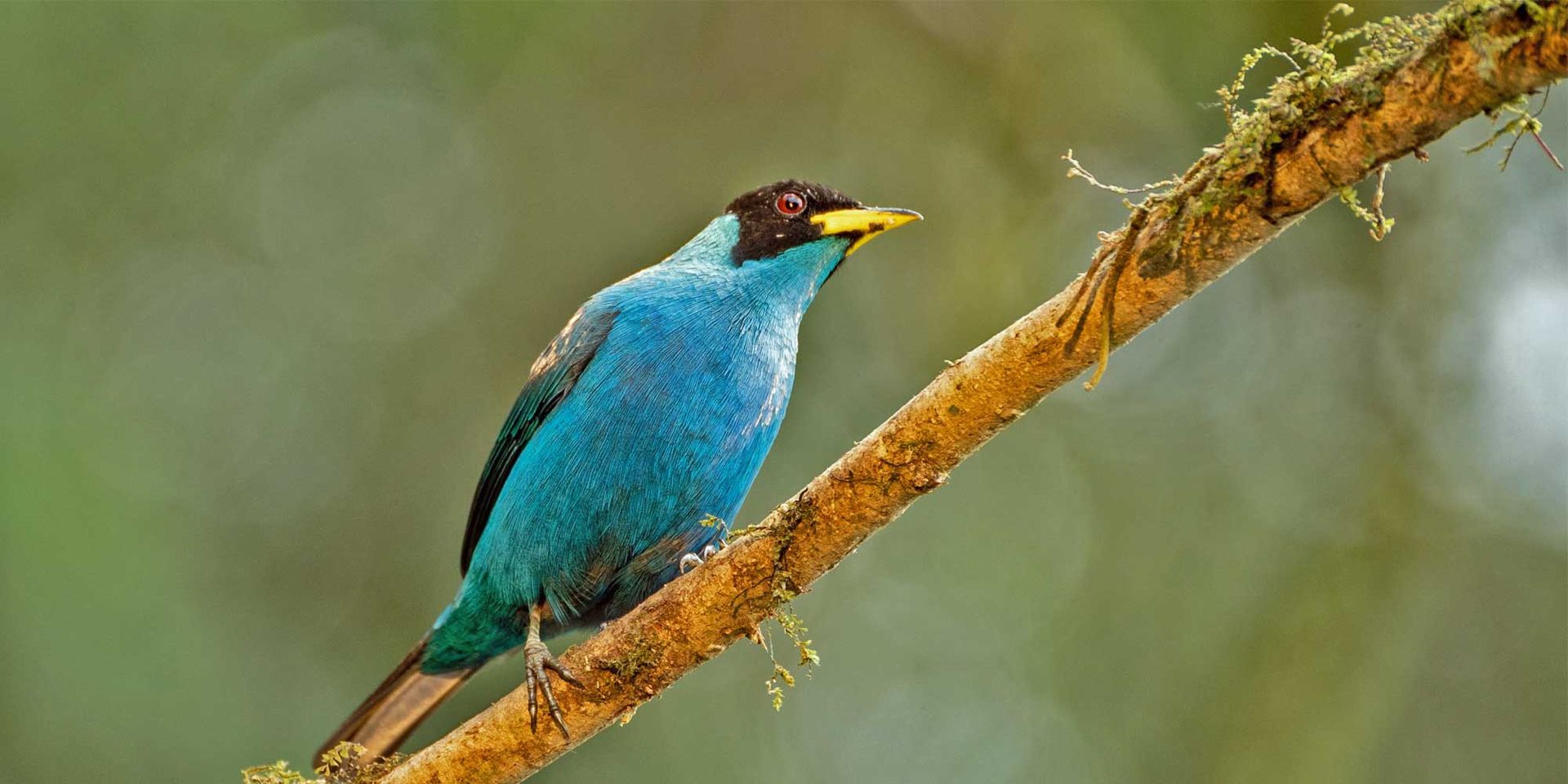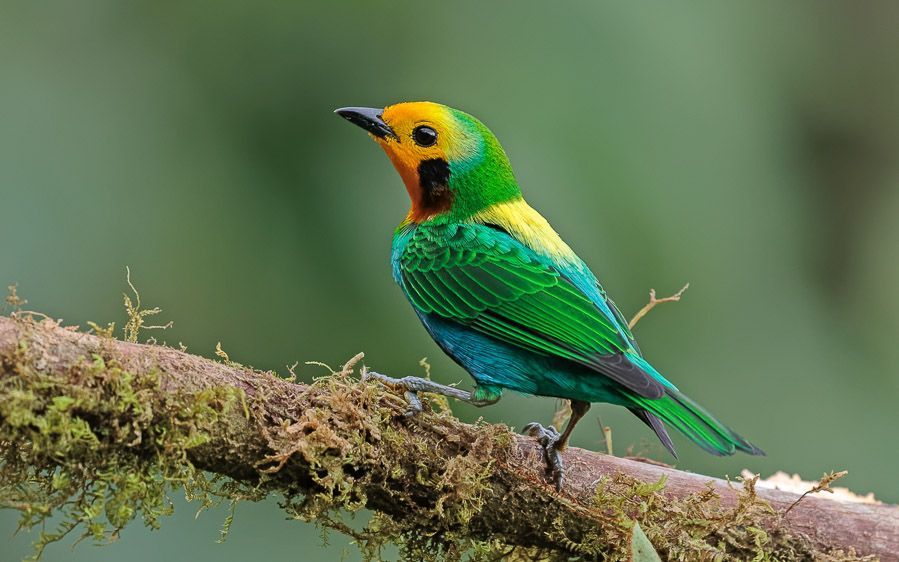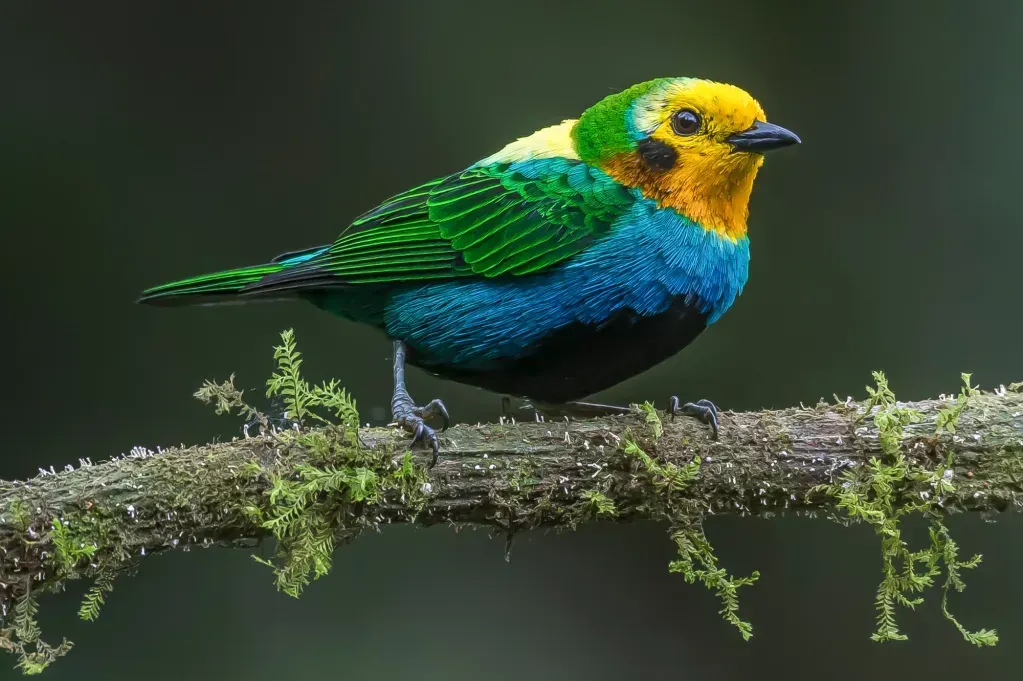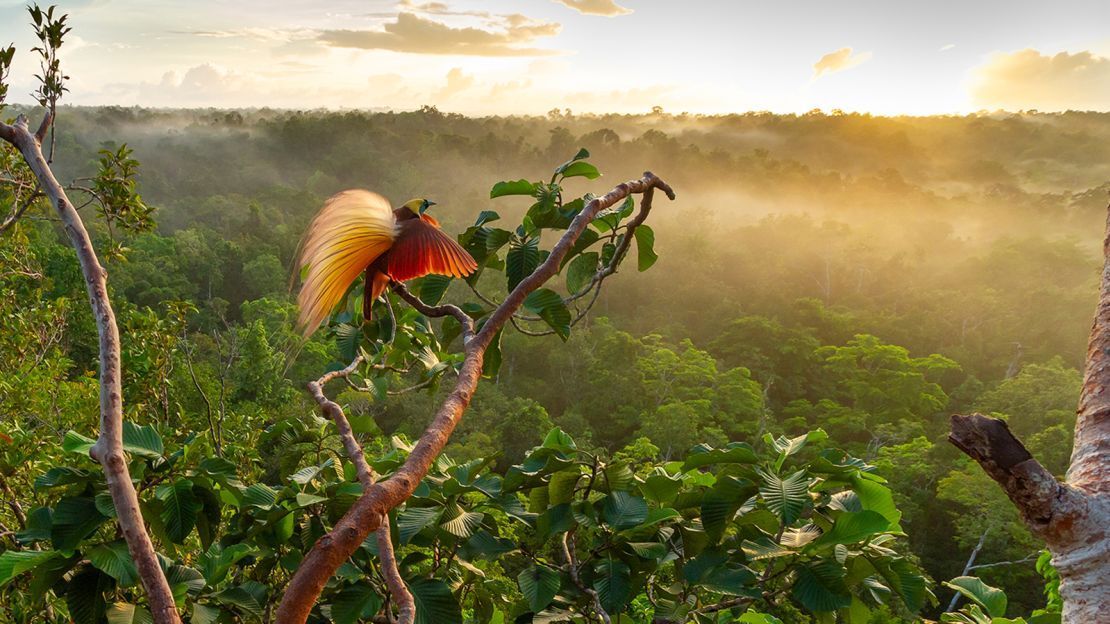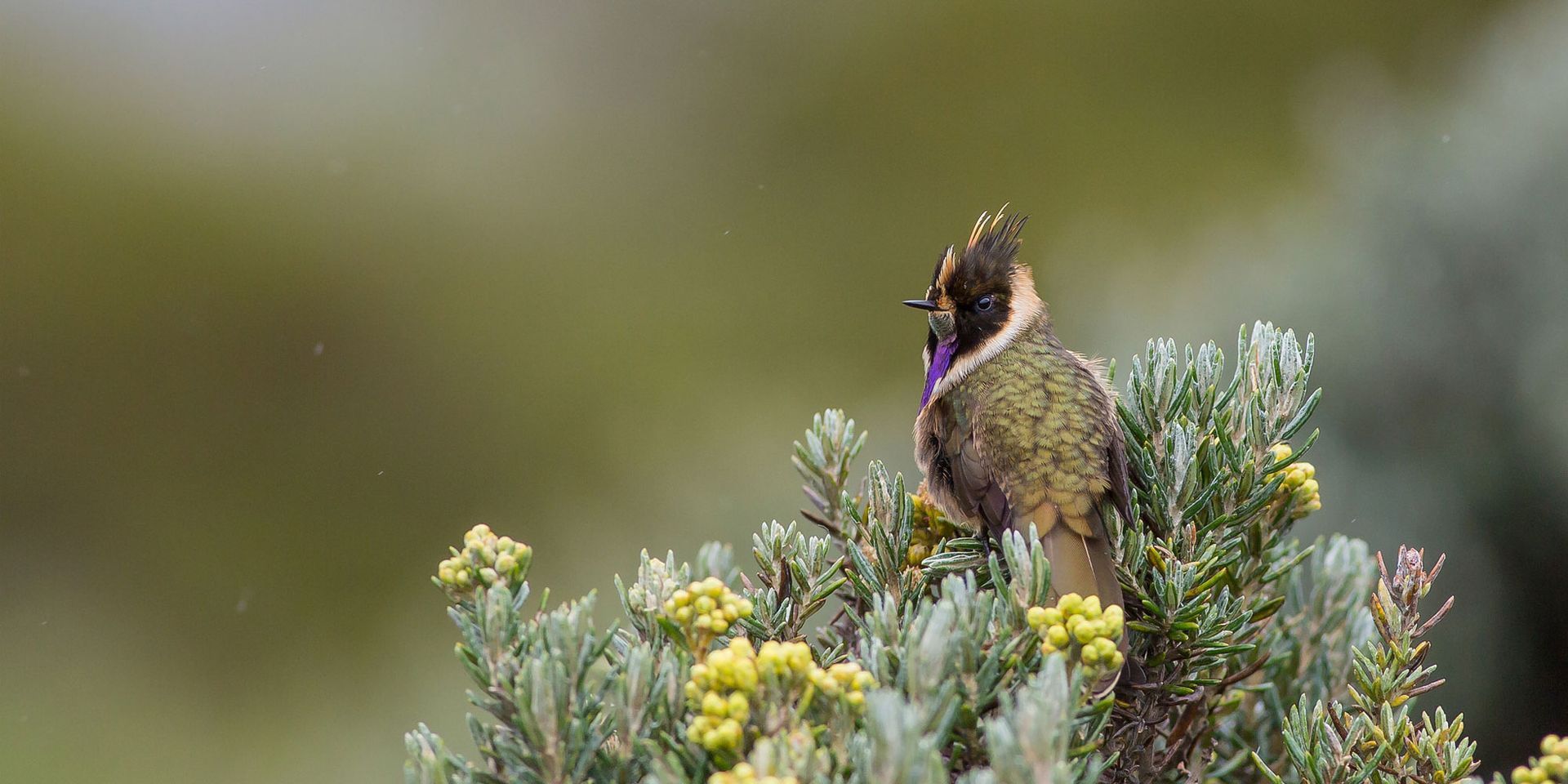Harpy Eagle Photography Tours in South America: Best Spots and Trip Planning Guide
Harpy Eagle Photography Tours in South America: Best Spots and Trip Planning Guide
South America is home to some of the most extraordinary wildlife experiences on Earth, yet nothing compares to standing before a wild Harpy Eagle. As one of the largest and most powerful raptors in the world, the Harpy Eagle represents both the strength and fragility of the continent’s tropical forests. For wildlife photographers, witnessing this species up close—especially during its nesting season—is an unforgettable privilege. With each coordinated movement of the pair, with every subtle behavior of the growing chick, the forest reveals a story that unfolds only once every several years.
This guide brings together everything photographers, birders, and nature lovers need to know about planning a Harpy Eagle photography tour in South America. Featuring detailed insights into the nesting season, access tips, and exclusive opportunities at Harpy Eagle Natural Reserve, it is designed to help you capture the perfect images of this majestic species in its natural habitat.
Why Photographing Harpy Eagles in the Wild Is a Once-in-a-Lifetime Experience
Photographing the Harpy Eagle is not like photographing any other bird. This is not a species commonly encountered by accident. It is a bird whose life events take place high above the forest floor, deep inside pristine primary rainforest, and often in territories fiercely protected by indigenous and local communities. For this reason, access requires respect, planning, and knowledgeable guides who understand both the habitat and the rhythms of the eagle’s nesting cycle.
The rarity of these encounters is part of their magic. Most sightings occur only when a nesting pair is active, and even then, the window is limited. A full reproductive cycle—from courtship to the juvenile’s independence—can take over two years. When this cycle coincides with accessible, safe, and ethically guided viewing conditions, photographers from around the world converge on South America for one of the most rewarding avian photography experiences of their lives.
Understanding the Harpy Eagle Nesting Season: The Key to Perfect Photography Timing
The nesting season is the most important factor when planning your Harpy Eagle photography tour. These majestic raptors follow a long, complex breeding process, with each stage presenting unique photographic opportunities.
The following stages reflect the actual breeding cycle currently happening at Harpy Eagle Natural Reserve—one of the only places in the world where visitors can observe the process without disturbing the birds.
1. Courtship, Mating, and Nest Building
Duration: 2–3 months
Season: August – October 2025
This is the beginning of the pair’s intimate ritual. The male initiates courtship by bringing prey as a gesture of bonding—a powerful moment to witness through the lens. The pair then cooperatively rebuilds the nest, reinforcing the massive platform high in an emergent tree. Photographers have the chance to capture behaviors that highlight the tenderness and trust between these powerful birds. The soft interactions, the male’s dedicated efforts, and the precision of their nest-building work offer rare insights into the emotional depth of this species.
2. Incubation
Duration: 2 months (62–64 days)
Season: November – December 2025
📍
We are currently in this stage.
During incubation, the female remains on the egg almost continuously, while the male takes responsibility for providing food. It is a period marked by patience, devotion, and an unbreakable partnership. For photographers, this stage offers unparalleled opportunities to capture tender moments such as the female gently adjusting the egg, the male returning with prey, and the pair exchanging subtle vocal communications. The ambient rainforest light during early mornings at this time of year also creates striking photographic conditions.
This stage is especially exciting right now, as the Reserve has officially opened its season for photographers starting November 1. Observing the pair’s synchronized routine during incubation is an experience that very few people on Earth have the chance to witness.
3. Hatching and Full-Time Parental Care
Duration: 4–5 months
Season: January – April 2026
Once the chick hatches, the forest becomes a stage for some of the most intimate and emotional wildlife interactions. Both parents become fully dedicated caretakers, bringing prey, protecting the nest, and feeding the chick with remarkable coordination.
This is a dream period for photographers who wish to document family behavior:
• The chick’s early movements
• Feeding moments
• Preening exchanges
• The adults’ vigilant presence
Each day reveals new milestones, and the slow development of the chick offers countless storytelling opportunities through photography.
4. Wandering Care and First Flights
Duration: 3–4 months (4 to 7–8 months of age)
Season: June – September 2026
This is one of the most thrilling stages for photographers. The young Harpy Eagle begins to stretch its wings, practice flapping, and make its first short flights near the nest tree. These initial attempts—sometimes clumsy, sometimes surprisingly strong—are moments of pure natural drama.
Photographers can capture stunning sequences: the bird lifting off for the first time, balancing on branches, or learning to coordinate its massive wings. The energy, curiosity, and determination of the juvenile make this stage visually captivating.
5. Learning to Be an Eagle
Season: From December 2026 onward
By this phase, the young eagle becomes more confident, exploring the territory, practicing hunting techniques, and interacting less frequently with its parents. The juvenile may remain in the territory for several additional months before becoming completely independent.
These final weeks present chances to capture the young raptor’s powerful silhouette in flight, its exploratory behavior, and the emerging personality that distinguishes each individual eagle.
Planning Your Harpy Eagle Photography Tour: The Importance of Location, Timing, and Ethical Access
While Harpy Eagles exist across multiple South American countries, only a few places offer responsible, safe, and truly effective photographic access. The Harpy Eagle Natural Reserve stands out as one of the only locations where visitors can observe an active nest under strict ethical guidelines.
The Reserve protects not only the nest but also the surrounding ecosystem, ensuring the birds remain undisturbed. Visitors can also experience:
• Incredible birdwatching across the forest
• Observations of monkeys and other mammals
• The tranquility of river and jungle landscapes
• Direct cultural exchanges with local communities
What makes the Reserve especially unique is the stability and predictability of the nesting pair’s behavior. With guides who deeply understand the territory, photographers are positioned at safe distances that allow for intimate yet respectful observations. This balance between access and conservation is the foundation of sustainable wildlife photography.
Creating the Perfect Photography Itinerary
A well-planned photography tour should match the stage of the nesting season you wish to capture.
For example:
- If you want bonding, tenderness, and nest-building, choose August–October.
- For dramatic feeding and chick-care shots, visit January–April.
- If you want flying sequences and juvenile development, plan for June–September.
Every season offers something different, and specialists at Retorno can help plan the perfect itinerary based on your photographic goals, equipment, and experience level.
Why Retorno Photo Tours Provides the Best Harpy Eagle Experience
Retorno has built its reputation on offering access to the most remarkable wildlife experiences in South America. Their Harpy Eagle tour stands at the top of that list—thanks to exclusive partnerships, ethically developed routes, and professionalism rooted in conservation.
Travelers gain:
• Priority access to active nesting territories
• Expert local guides trained in wildlife behavior
• Strategic photography positions
• A safe, respectful, ethical experience for the birds
• Deep connections with the forest and its communities
This is not just another wildlife tour. It is an immersive journey into the life of a species that very few people ever see up close.
Photography Tips for Harpy Eagle Encounters
Capturing the perfect Harpy Eagle image requires both technical skill and adaptability. Light in the rainforest can shift dramatically, and the birds’ behavior varies by stage. Photographers should:
- Use fast shutter speeds to freeze movement, especially during feeding or first flights.
- Work with medium to long telephoto lenses to maintain respectful distance.
- Rely on tripods or monopods for stability in dense forest environments.
- Prioritize early morning sessions for the best natural light.
Being patient is crucial—the most breathtaking moments often unfold slowly, and those who wait attentively are rewarded with extraordinary photographic stories.
Final Thoughts: Why This Is the Best Moment to Photograph Harpy Eagles
With the pair currently in Stage 2 — Incubation, this is one of the most active and emotionally powerful phases of the cycle. The Reserve has officially opened for the season, making now the perfect time for photographers to plan their journey.
To stand before a wild Harpy Eagle, to hear the rustle of its wings, and to witness the devotion of the nesting pair is an experience that stays with you forever. South America offers many wildlife spectacles, but few are as profound, intimate, and life-changing.
👉 Ready to Photograph the Harpy Eagle in Its Natural Habitat?
Experience the world’s best Harpy Eagle nesting photography at the Harpy Eagle Natural Reserve with Retorno Photo Tours.
Explore the Wildlife Harpy Eagle Tour here:
Retorno offers unmatched access, ethical guidance, and the most exceptional opportunities to capture this legendary species. Your once-in-a-lifetime wildlife photography adventure begins here.


